"Thousands of red and yellow clouds sparkle"
The black lychee tree at My Hoa Cong Palace on Phan Chu Trinh Street is nearly 130 years old. This is considered the oldest black lychee tree in Hue . Mr. Dinh Phuoc, a 9th generation descendant of this palace, said: “According to legend, the king gave him a precious fruit and took the seeds to plant. Previously, the palace had 3 lychee trees. Over time, 2 trees were infected with pests and broken by storms. Now, there is only 1 tree left next to the palace gate. The tree bears fruit every year. Black lychee is a beautiful name because this type of lychee has thick, juicy flesh and black seeds inside, like the eyes of a crying person.”
The lychee variety in My Hoa Cong district produces long, purple-red fruit when ripe. In summer, around May onwards, looking from the An Cuu River, the bright red trees sway in the wind, attracting the eyes of passersby. Looking at the lychees, I am reminded of the poem "A bright red seed / A thousand red and yellow clouds sparkle" (Pham Duc Quang) describing the inside and outside of the lychee. Just hearing it makes my vision and taste buds awaken in anticipation.
This year, My Hoa Cong litchi tree yielded nearly 200 kg of fruit, more than last year. At harvest time, many people came to buy but there were not enough fruits to sell. The owner of the house mainly used them for worshiping in the house and saved them for friends and relatives to enjoy.
Many people in Hue have told stories about the nearly 200-year-old lychee tree at Princess An Thuong's palace on Nguyen Cong Tru Street - the fourth princess of King Minh Mang. The lychees here are round and purple, with a strange sweet aroma. On her death anniversary, her descendants often pick lychees to offer to her and together enjoy the blessings their ancestors left for their children.
Most of the lychee trees in Hue are old, mostly from the royal lychee variety. Currently, in some gardens in the Citadel, Kim Long, Vy Da, etc., there are still many lychee trees that are over a hundred years old. Because they are part of a mixed garden system, both for decoration and shade, they are rarely fertilized or watered. Therefore, the trees do not bear fruit evenly, or have good harvests one year and bad harvest the next.
Mr. Le Thanh Dan, 63 years old, is small but surprisingly agile. He has been climbing tall trees to pick fruit with his father since he was a child for nearly 50 years. This season, he climbs and picks old lychee trees for many families, earning millions of dong each day. Without much support, he moves quickly from branch to branch with his bare hands, grabbing the branches, picking the fruit and putting it in a basket hanging down from a rope below.
Mr. Dan's assistants strip the leaves, collect the fruit into bunches and hand them over to the homeowner or sell them at an agreed rate. Mr. Dan believes that lychee and longan are two delicious fruits in Hue that are grown in many old houses. "Perhaps the selected tree breed and the weather in Hue produce delicious, fragrant fruit that is no less than that of their "hometown" in the North," Mr. Dan said. Depending on the quality of the fruit, Hue lychee in the garden is sold for 30,000-50,000 VND/kg, but the purchasing power is quite strong because it is a famous specialty that only gourmets know. Many customers buy them as gifts for relatives or send them as gifts in other provinces to show off the delicious fruit that is rare in the capital.
Mr. Duong Van Loi, another lychee and longan picker, also affirmed the quality of Hue lychees. “The special thing is that Hue lychees do not have stem-end worms like other places. Most of the trees are old, have thin skin, and small seeds or peppercorns. The fruit has a sweet, rich aroma. Sometimes the price is higher than lychees imported from other regions, but everyone wants to buy Hue lychees because the lychees in our country bear fruit naturally and are truly clean,” Mr. Loi shared.
Eat sweet fruit, remember ancestors
History books record that under the Nguyen Dynasty, the best lychee from the North was offered annually. The King granted new graduates with three lychees as a special favor. Lychee seeds were brought back to be planted and produced a delicious fruit called lychee. In addition, according to researchers, lychee presented to the royal court was not only used for offerings in temples and mausoleums, but a few were given to descendants and mandarins, so the lychee variety was passed down to be planted outside.
According to the Department of Environmental Landscape, Hue Monuments Conservation Center, based on the article “Le chi di tu ky su”, this type of tree planted in the relic is about 200 years old. The fruit usually ripens and is harvested from the 5th to the 8th lunar month.
During the reign of Minh Mang, precious lychees were grown in large quantities in the palace, becoming a source of seeds for many gardens outside. History records that in 1840, the king visited Thieu Phuong garden: "...summoned the princes and mandarins to the court; ordered lychees to be picked and made tea for them to drink, then composed a poem, ordered it to be copied and distributed to everyone to record the mutual understanding between the king and his subjects". From then on, the lychees were brought back by their owners to the gardens outside the palace to be cultivated and further grown.
In the Imperial City, there are about 120 lychee trees in The Mieu, Dien Tho Palace, Truong Sanh Palace... In the summer, the lychee trees ripen red, contributing to beautifying the golden palace system. People who have been attached to the relic for a long time said that some lychee trees here produce very delicious fruit, the seeds are only the size of green beans, everyone who eats them is delighted.
When the fruit is ripe, birds come and chirp, and visitors are amazed. Those who are lucky enough to enjoy the fruit all praise it. They wish that lychee in the forbidden palace would become a brand like tea or wine so that they can enjoy a little taste similar to the "grace" bestowed by the king in the past. A cultural researcher believes that during the fruit ripening season, small gift sets with QR codes containing information about the Imperial City lychee can be made for tourists to buy in limited quantities as gifts. This fruit can also be a foreign gift during cultural exchanges, showing off the precious fruit that is still preserved and developed in the Royal Palace. It is also a way to further promote products related to Hue heritage.
Lychee is one of the nine precious fruits that the king had engraved on the Nine Tripod Cauldrons with the name Lychee. The image of the Lychee tree on the Huyen Tripod Cauldron - the fourth cauldron on the right symbolizes mystery. According to the ancients, Lychee fruit has a skin like red silk, thin skin like purple silk, white flesh like ice and snow, sweet and slightly sour water like rice wine. If it is left off the branch for one day, its color will change, if it is left on the branch for two days, its scent will change, if it is left on the branch for three days, its taste will change (it may rot).
This season, if you set foot in the Imperial City, you can admire the rows of laden lychees showing off their colors in the summer sun and take beautiful photos. Standing in the middle of the ancient temple, looking up at the purple fruit branches in the green foliage, perhaps everyone wishes to enjoy the famous lychee variety of Hue at least once, not just admire and admire like the poet: "Who recognized the lychee variety / The green canopy is filled with so many rosy cheeks (Nguyen Duy).
Source








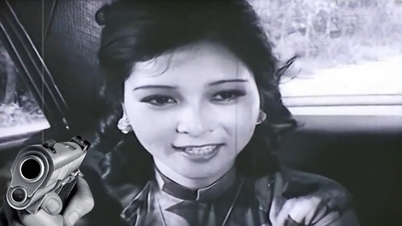



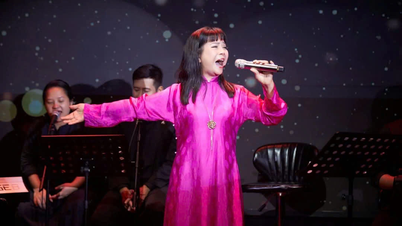
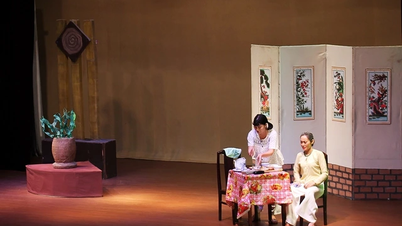
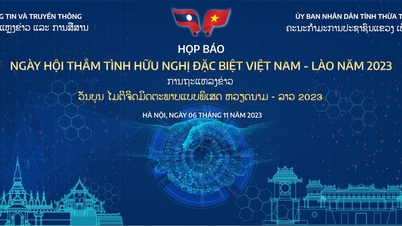











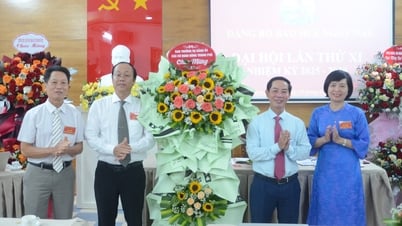



























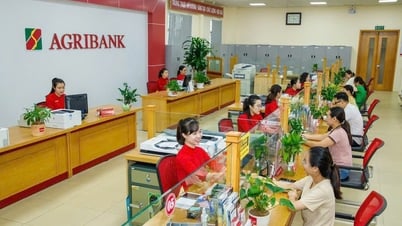












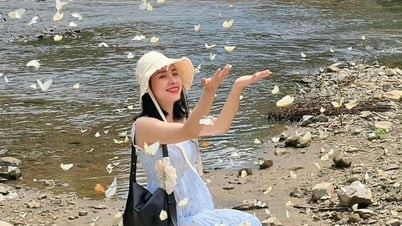


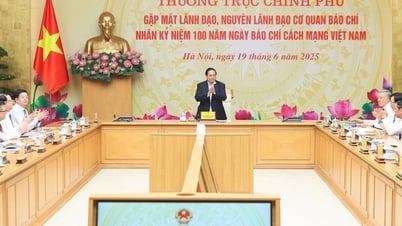
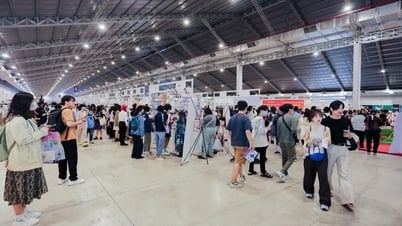


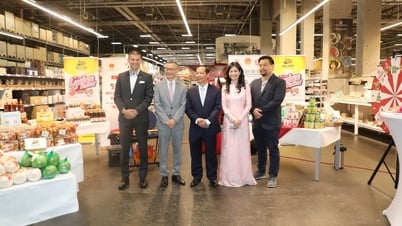










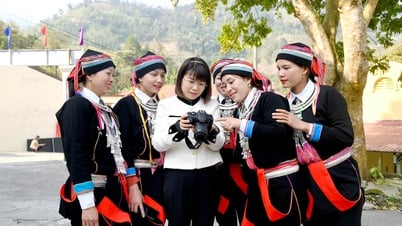











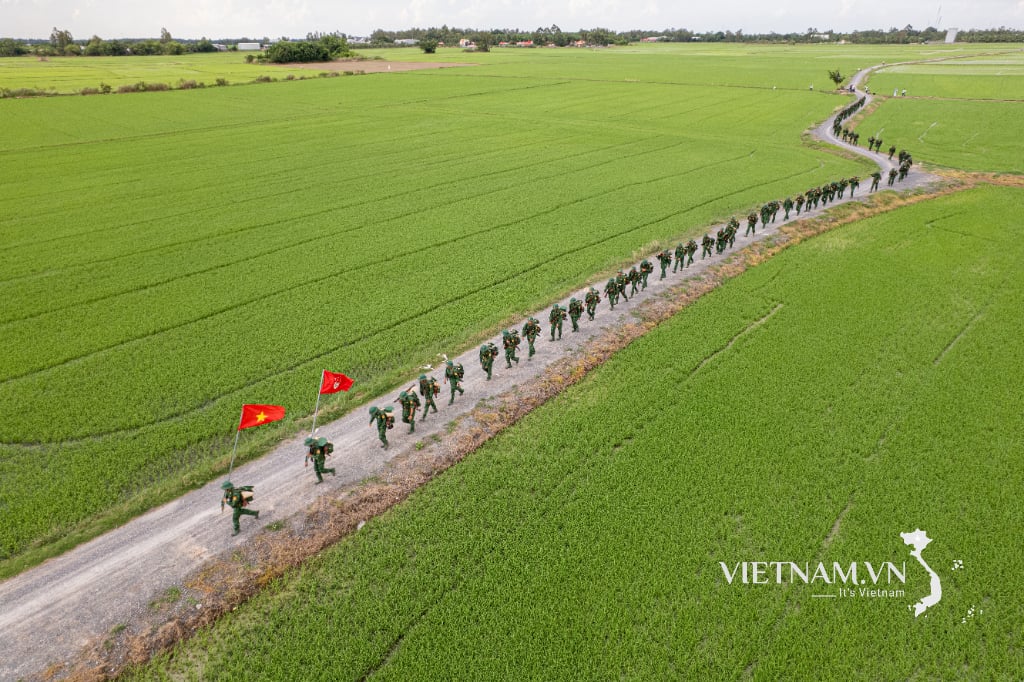
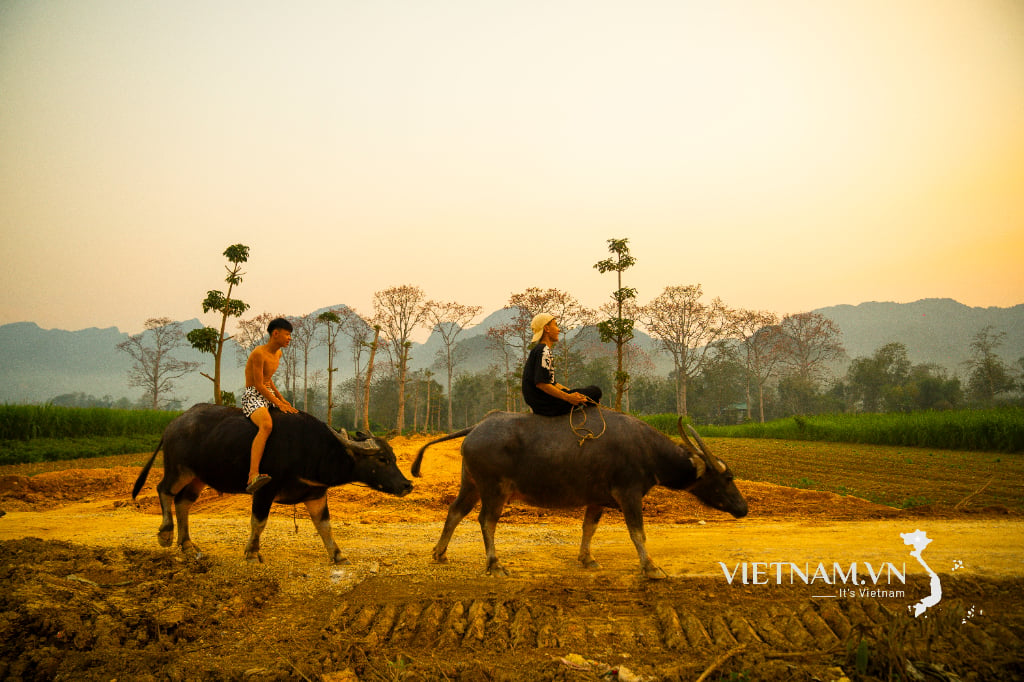


Comment (0)